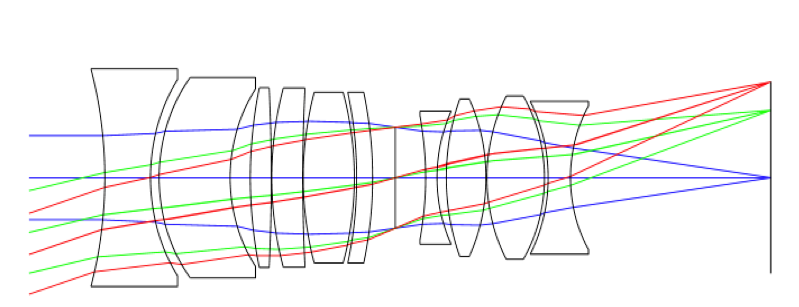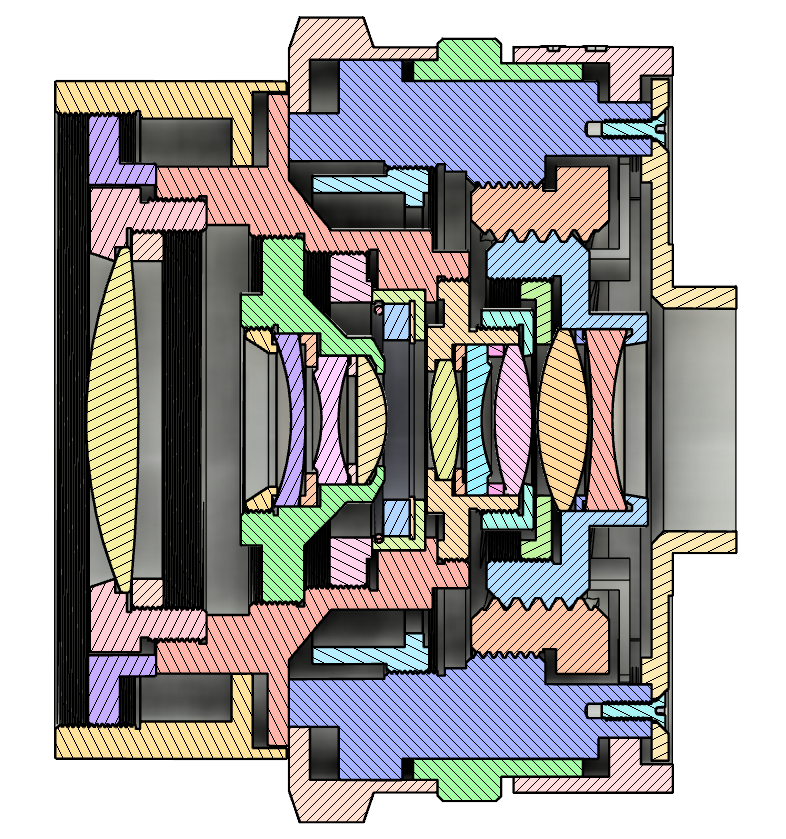UV Lenses
For UV photography (below 400nm), you will need to be mindful of your lens choice. For using standard camera lenses, you want to choose simple lenses such as a pancake lens which often pass light to 350nm and sometimes as low as 330nm. Complicated lenses and Zoom lenses are usually very poor for UV. I have seen expensive prime lenses that pass no light below 400nm, while simple, inexpensive pancake lenses that pass light to 330nm.
Keep in mind the a normal photographic lens is not designed to pass UV. If the lens does pass UV, it is luck that the designer did not choose to block the light most likely because they were trying to keep the lens cost as low as possible.
There are some lenses designed to pass UV for Nikon F-Mount such as the Jenoptik 60mm F/4 APO (actually not a true APO (only two points where frequencies cross the focal plane, but that is how they market it) which currently costs around $7,500 and the Nikkor 105mm F/4.5 copies that cost around $8,000. The Jenoptik lens will pass UV light to 290nm, but there is a noticeable focus shift above 800nm. The Nikkor 105mm will pass UV light to about 220nm.
BTW, we have the optics designed for a 75mm F/4.0 Nikon F-Mount with lower distortion than the Jenoptik 60mm lens and transmits light to below 200nm. Whether we find sufficient funds to complete the mechanical design and initial manufacturing run has yet to be seen.
Here is the optical layout of the 75mm lens.

We are pretty far along at completing the first UV capable C-Mount APO lens (true APO) 25mm F/4 with adjustable focus and iris, which will pass light to below 250nm and is APO for 270nm, 600nm and 750nm. Currently, there is no UV capable APO lens currently manufactured. To give you an idea how complex such as lens is, our lens have 9 lens elements made from fused silica, sapphire, MgF2 and CaF2. Here is picture of the lens with the mechanical elements shown.
